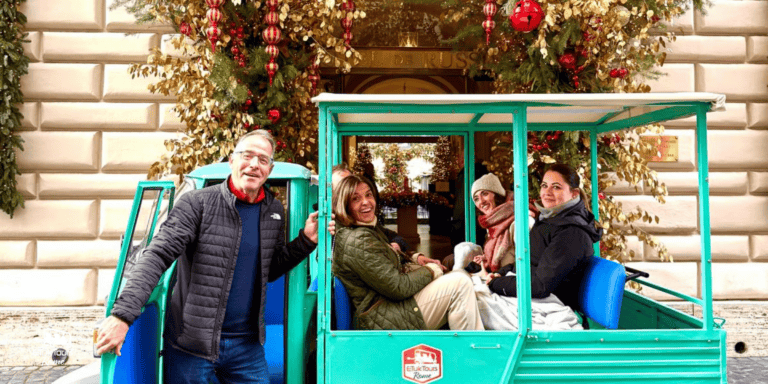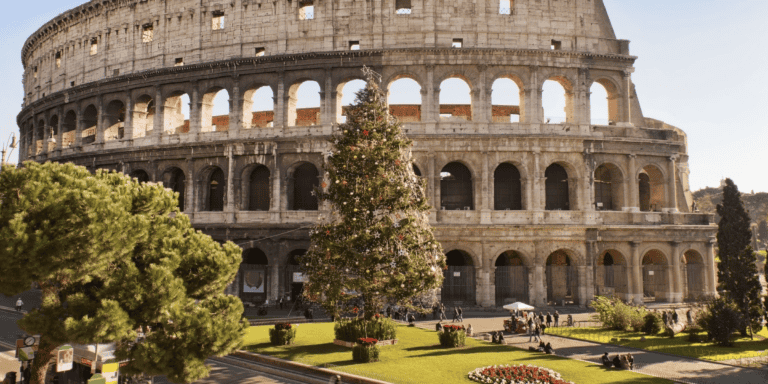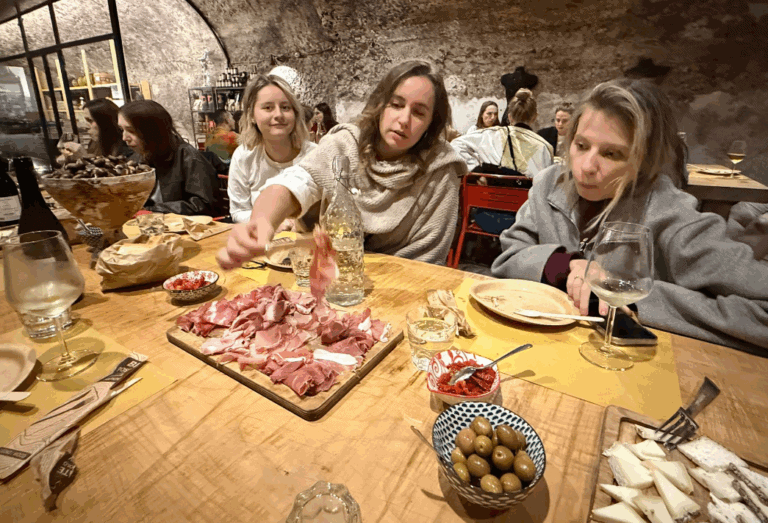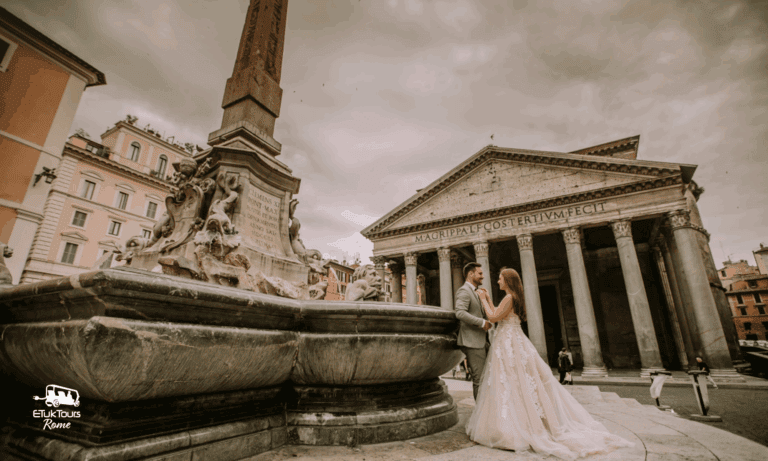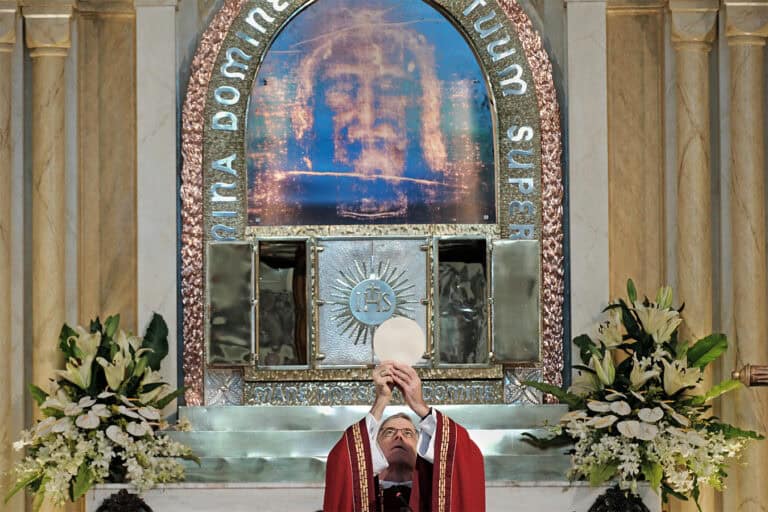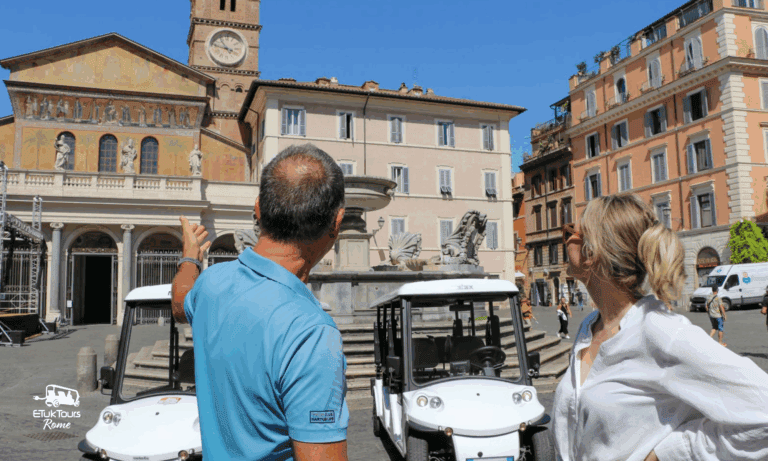When one thinks of Rome, the mind often drifts to its iconic landmarks: the Colosseum, the Vatican, and the Pantheon. These sites are undeniably awe-inspiring, drawing millions of visitors each year. However, beyond these famous attractions lies a city brimming with hidden treasures waiting to be discovered. From tucked-away ancient ruins and secret gardens to lesser-known museums and charming neighborhood streets, Rome is a city of endless exploration.
Venture off the beaten path and delve into its lesser-celebrated corners that tell their own vibrant stories and enrich the tapestry of this eternal city. Whether you’re a first-time visitor or a seasoned traveler, Rome’s hidden gems will leave you spellbound, inviting you to uncover the depth and nuances of its remarkable history and culture.
A city of legends, layered in time
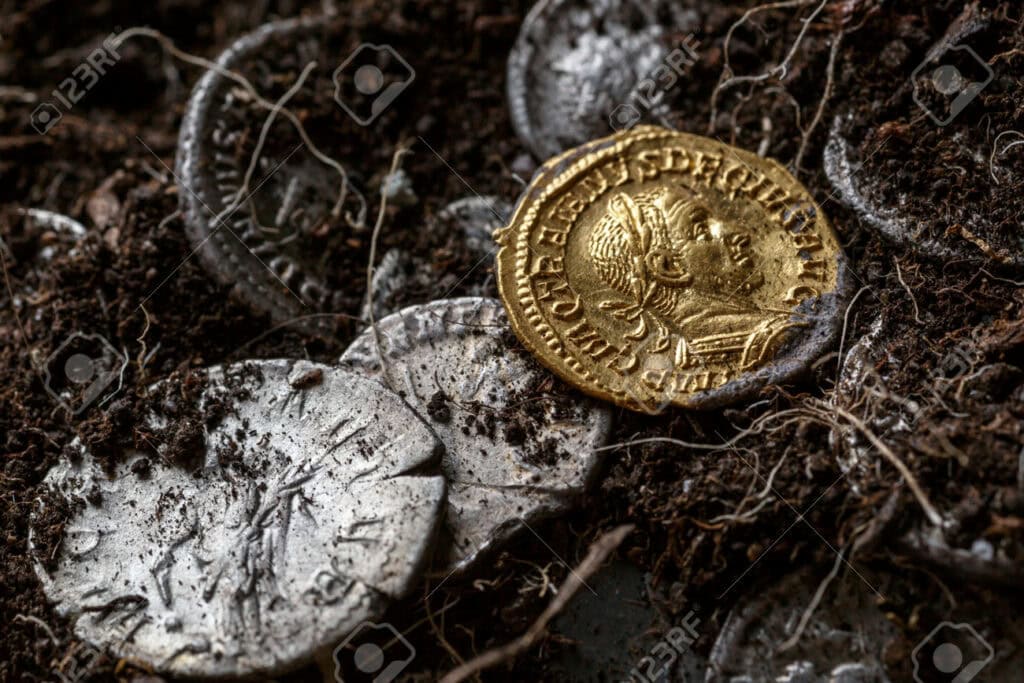
Every step you take in Rome is a step over history. Beneath the cobblestones, under sun-drenched piazzas, and hidden behind ivy-covered walls lie stories untold — some known, many forgotten, and a few still waiting to be discovered.
For centuries, Rome has seduced explorers, archaeologists, and curious minds with whispers of hidden treasures. From ancient coins to marble busts and secret underground passageways, the Eternal City tempts tourists and treasure hunters alike.
But is it all myth? Or might there still be something of real value buried beneath your feet?
Ancient ruins off the beaten path
Rome is a city built on thousands of years of history, and some of its most fascinating ruins are often overlooked. Take a stroll to the Baths of Caracalla, a marvel of ancient engineering less frequented by tourists. These immense structures offer insight into the luxury of Roman public baths.
Or visit the less-seen ruins of Ostia Antica, once Rome’s bustling harbor city, now a tranquil space where you can wander through remarkably preserved streets, homes, and public buildings.
Secret gardens and tranquil hideaways
Amidst the city’s hustle and bustle, Rome hosts serene enclaves perfect for a moment of peace. The Orto Botanico, Rome’s Botanical Garden in the Trastevere district, offers a lush escape with thousands of plant species and a serene bamboo grove.
For a panoramic view of the city, head to the Orange Garden on the Aventine Hill, a romantic spot perfect for savoring a sunset.
Lesser-known museums and galleries
Rome’s art and history extend beyond the Vatican Museums and Galleria Borghese. Explore the Centrale Montemartini, a museum that uniquely melds classical sculpture with an industrial backdrop, housed in a converted power station.
Another hidden gem is the Museo di Scultura Antica Giovanni Barracco, which holds an impressive collection of antique sculptures from Egypt, Assyria, and Rome, nestled in a quiet palazzo near Campo de’ Fiori.
Charming neighborhood streets
To truly experience Rome’s essence, wander its less-traveled streets. The vibrant Testaccio neighborhood offers a taste of authentic Roman life with its food market and traditional trattorias. Meanwhile, Monti charms with its bohemian flair, boutique shops, and cozy cafes, providing a delightful escape from Rome’s bustling center.
These neighborhoods offer a more personal connection to the city and its people.
Delving into local culture
To uncover Rome’s hidden cultural scene, attend a local event or festival. Experience the colors and sounds of the Infiorata Festival, where streets are adorned with intricate floral carpets, or join the locals at the Roman Summer Festival, which spans music, cinema, and theater in various picturesque settings.
These events provide a deeper sense of connection with Roman traditions and hospitality.
The tale of the missing treasures
Legends tell of Roman emperors who hid their riches during times of invasion — and never returned to claim them. Historical records confirm that when Rome fell to barbarian tribes in the 5th century, chaos reigned. Gold, silver, religious artifacts, and royal family heirlooms were reportedly buried or smuggled out of the city.
Some of these treasures, like the Menorah of the Temple of Jerusalem looted by Titus, vanished after being paraded through Rome. Others, like statues and mosaics, were broken and recycled, their fragments later unearthed in excavation pits centuries later.
Still, rumors persist — especially in districts like Trastevere and Aventine — that beneath private villas and churches lie sealed rooms of forgotten wealth. Scholars debate their authenticity, but one thing is certain: much of ancient Rome remains hidden underground.
A million visitors, a billion possibilities?
Every year, more than 9 million people visit Rome. That’s nearly the entire population of Sweden — wandering through ruins, snapping photos, and brushing fingertips against ancient columns. With such sheer numbers, you’d expect someone to stumble on something extraordinary.
And once in a while, someone does.
In 2006, a plumber working on a broken pipe discovered a 2,000-year-old Roman mosaic beneath a suburban home. In 2020, subway excavations for Metro Line C revealed a perfectly preserved Roman military barracks — untouched for millennia.
But hey, don’t expect to stumble on golden goblets during your afternoon espresso break. The odds? Statistically negligible. Most of Rome’s underground is protected, and many zones are restricted to licensed archaeologists. Still, the dream lingers.
Plot twist: The real treasure may be right under your toes
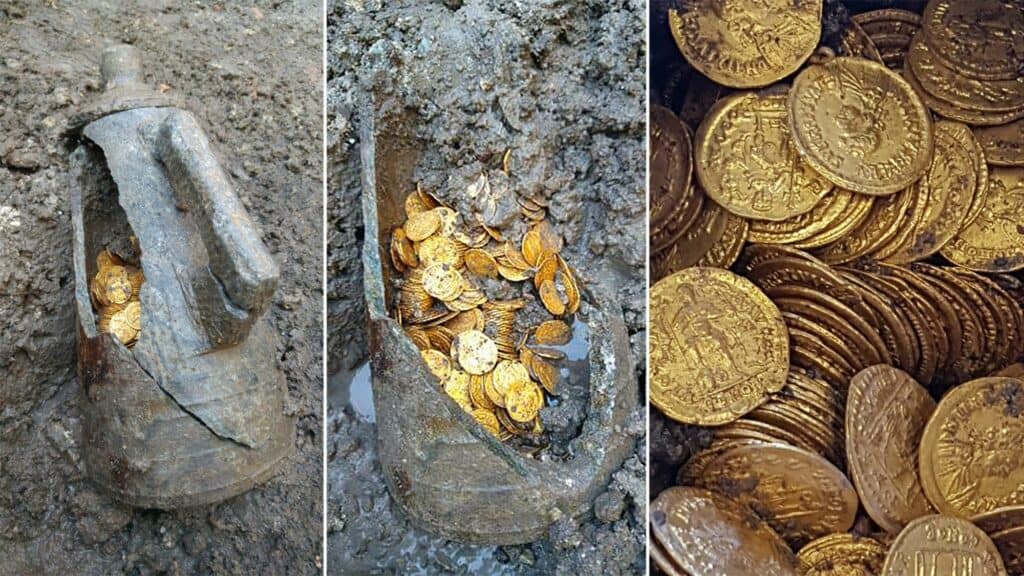
If you think treasure must glitter, think again.
Look closely at the ground. That weathered stone beneath your feet might be original basoli — ancient Roman paving stones dating back to the Empire. The road from the Colosseum to the Roman Forum still bears the tracks of chariots. You’re walking on the same routes as emperors and slaves, gladiators and merchants.
Even broken fragments — a piece of carved marble, a shard of ancient pottery peeking from the soil — may be remnants of long-gone villas, temples, or markets.
So yes, the treasure is there. Just not always in the way you expect.
What if you actually find something?
This is where it gets serious.
-
Do not take it home.
Italian law is strict regarding antiquities. Any item over 50 years old is considered cultural property. Removing it without permission is illegal — no matter how small. -
Note the location.
If you believe you’ve found something authentic (a coin, mosaic, or carved stone), mark the GPS or address. Even taking a photo could help experts assess the find. -
Contact the authorities.
Report the object to the Soprintendenza Archeologica — the local archaeological authority. Hotel concierges or tour operators may also assist in filing a report. -
Be part of history, not its eraser.
Your honesty helps preserve Rome’s cultural heritage. Many great discoveries were made thanks to alert locals and visitors.
Conclusion: The real riches of Rome
The true treasures of Rome aren’t always made of gold.
They’re the layers of history beneath your shoes, the sound of a street performer echoing in an ancient square, and the marble faces of statues whose names we’ve forgotten but whose presence still commands awe.
While the chance of stumbling upon a priceless artifact is slim, the possibility — however faint — fuels the magic of exploring this city.
Because in Rome, treasure isn’t just a thing. It’s a feeling.
Need help uncovering the layers of Rome?
Join one of our local-led golf cart tours — and explore the stories, streets, and secrets of the Eternal City in comfort and style.

